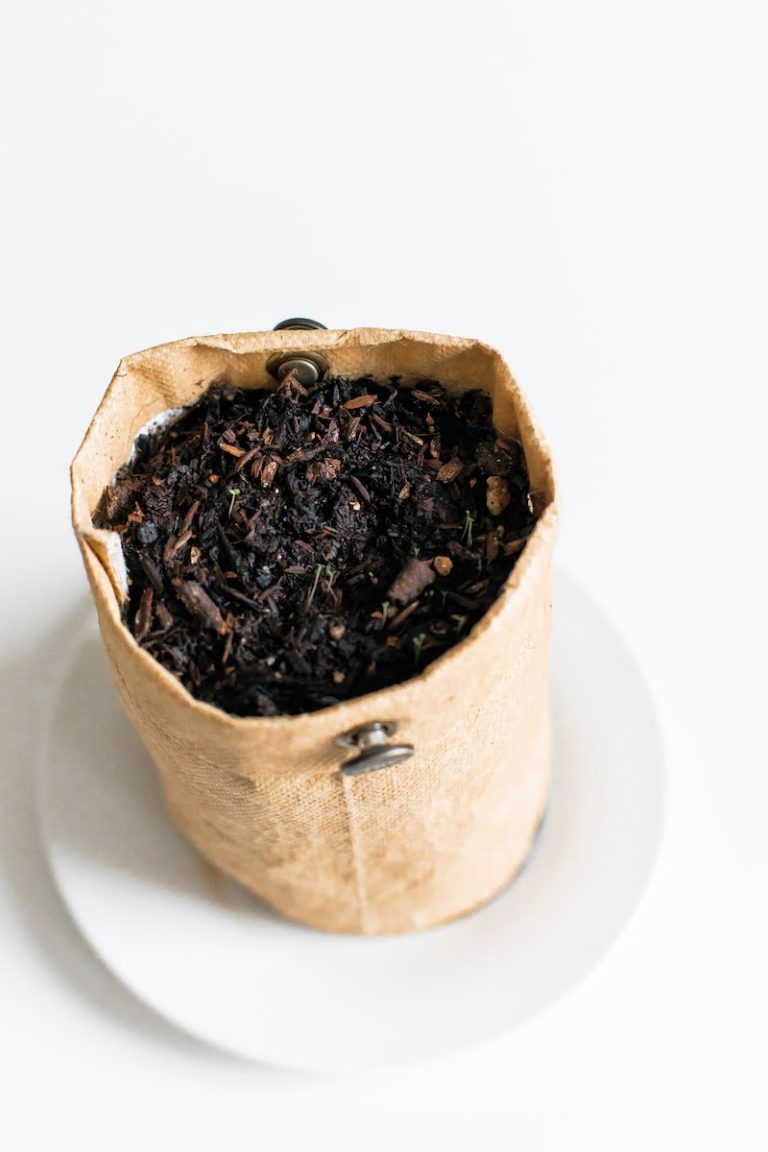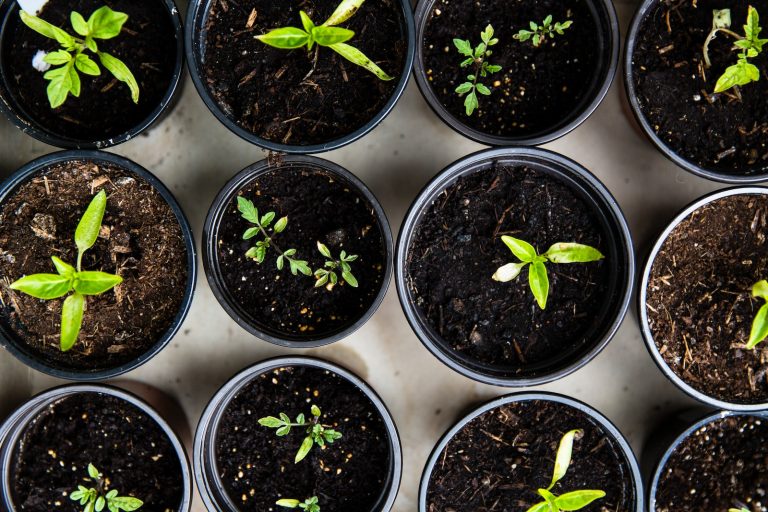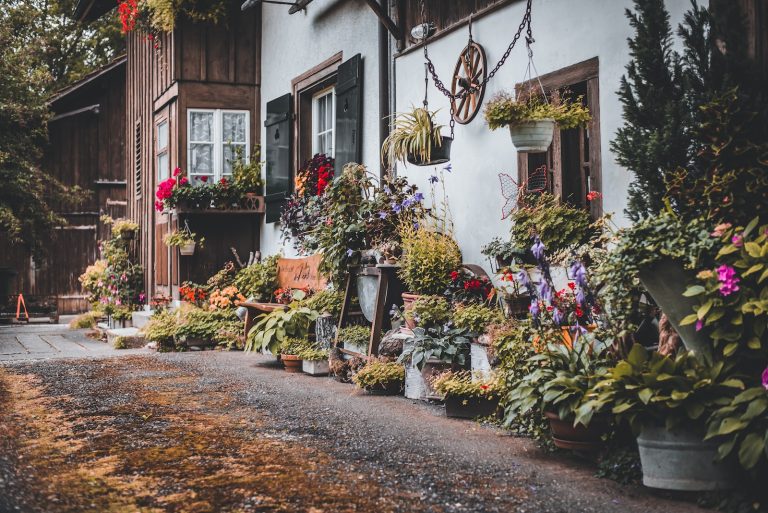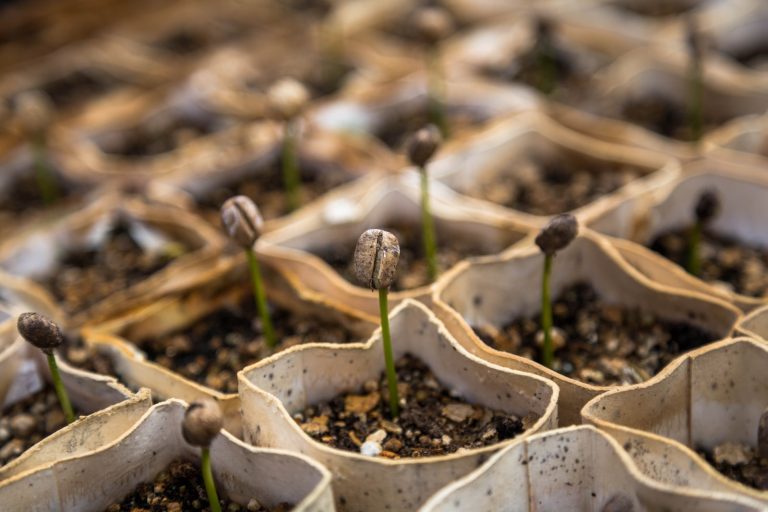How to Create a Low-Maintenance Garden
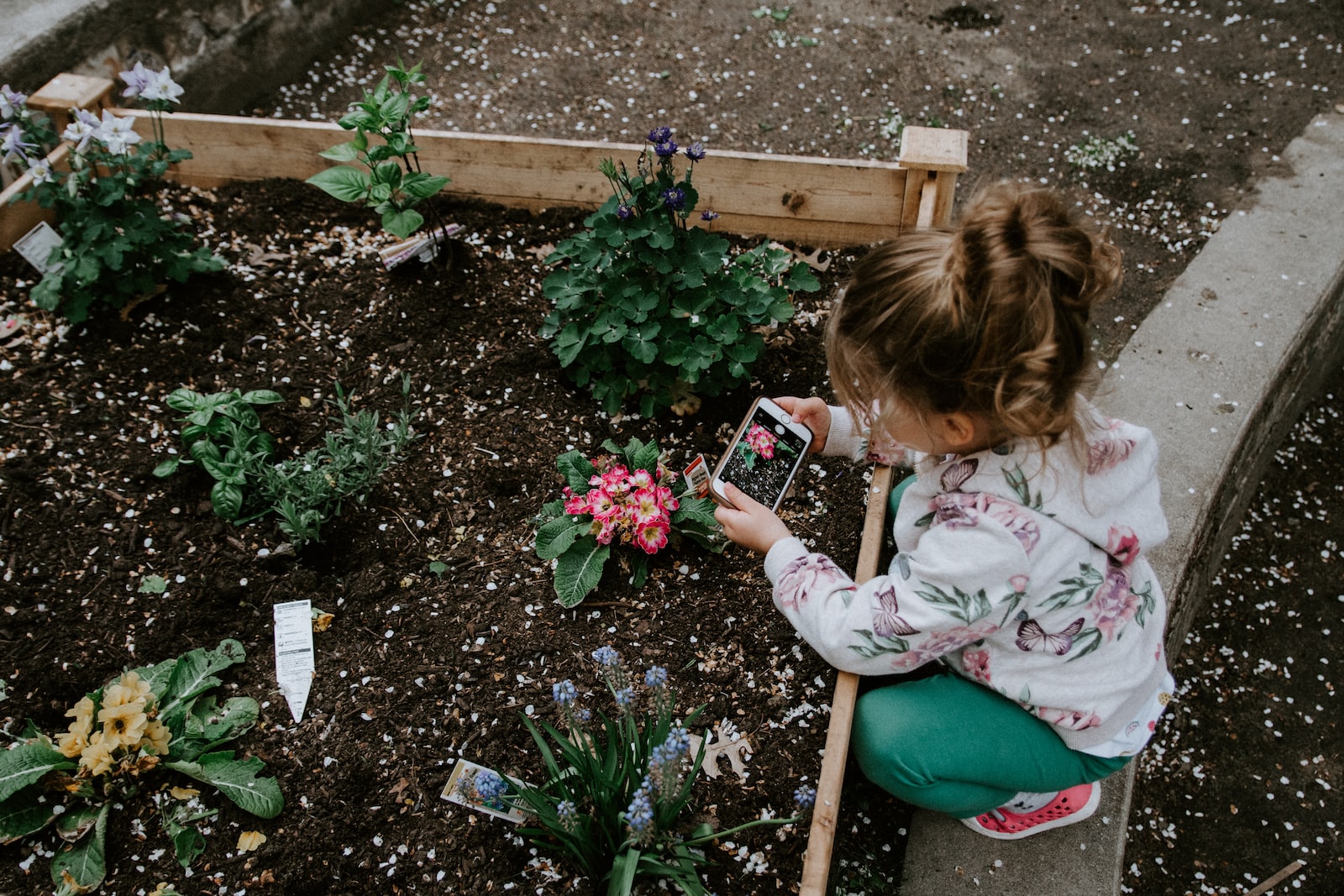
Are you tired of spending countless hours mowing, weeding, and pruning your garden every week? Do you wish there was a way to enjoy the beauty of nature without all the fuss and hassle? Look no further!
In this blog post, we’ll share some expert tips on how to create a low-maintenance garden that will not only save you time but also enhance your outdoor space.
From choosing the right plants to implementing smart design strategies, you’ll learn everything you need to know to achieve a beautiful and stress-free garden. So let’s get started!
Introduction
If you’re like most people, you don’t have a lot of time to spend on garden maintenance. But that doesn’t mean you can’t have a beautiful garden! With a little planning, you can create a low-maintenance garden that will look great with minimal effort.
Here are a few tips to get you started:
- Choose the right plants. When selecting plants for your garden, choose ones that are known for being low-maintenance. Avoid delicate plants that require a lot of care, and opt for hardy varieties that can tolerate some neglect.
- Plan your layout carefully. Take some time to think about how you want your garden to look before you start planting. Group together plants that have similar watering needs, and place them in areas where they will get the right amount of sun and shade.
- Use mulch. Mulch is a gardener’s best friend when it comes to low-maintenance gardening! It helps to suppress weeds, retain moisture, and keep the soil temperature consistent. Apply a layer of mulch around your plants each spring, and top it up as needed throughout the growing season.
- Water wisely. One of the biggest mistakes people make when trying to create a low-maintenance garden is overwatering their plants. Water only when necessary, and give your plants enough so that they can develop deep roots. Deeply watering your plants less often will encourage them to develop drought
Types of Low-Maintenance Plants
There are a variety of low-maintenance plants that can be used to create a low-maintenance garden. Some of the most common low-maintenance plants include:
- succulents
- cacti
- sedums
- stonecrops
- daylilies
- hostas
- groundcover plants
Succulents, cacti, and sedums are all excellent choices for low-maintenance gardens as they require very little water and can tolerate periods of drought.
Stonecrops, daylilies, and hostas are also good choices as they are relatively resistant to pests and diseases. Groundcover plants are an excellent choice for covering large areas with minimal care.
Plant Selection and Preparation
When selecting plants for your low-maintenance garden, it is important to consider the mature size of the plant, its growth habit, and its needs in terms of water, light, and soil. You will also want to choose plants that are relatively pest and disease resistant.
Once you have selected the plants for your garden, it is important to prepare the planting area properly.
This includes removing all existing vegetation, tilling the soil, and adding amendments as needed. Be sure to follow the instructions on the packaging for each plant to ensure proper planting depth and spacing.
Soil and Sunlight Requirements
To create a low-maintenance garden, you need to choose plants that are suited to your climate and soil type, and that will thrive in the amount of sunlight your garden receives.
In general, native plants are a good choice for low-maintenance gardens, as they are adapted to the local conditions and don’t require much in the way of fertilizers or pesticides. If you’re not sure what plants are native to your area, check with your local nursery or extension service.
When it comes to soil, well-drained loam is ideal. If your soil is heavy clay or sandy, you can improve it by adding organic matter such as compost or manure. Your plants will also do better if you add a layer of mulch to help retain moisture.
As for sunlight, most plants need at least six hours of direct sun per day. If your garden doesn’t get that much sun, there are still plenty of options available – just look for “shade tolerant” varieties.
And remember that even partial shade can be too much for some sensitive plants, so be sure to read the labels carefully before making your selections.
Watering and Maintenance Tips
Assuming you want tips for watering and maintaining a low-maintenance garden:
Watering
- If possible, install a drip irrigation system or soaker hoses. This will save you time and water.
- Water early in the morning or later in the evening to avoid evaporation.
- Check your soil before watering. If it is dry several inches below the surface, then it is time to water.
- Mulch around your plants to help retain moisture in the soil.
Maintenance
- Regularly remove dead leaves, flowers, and debris from your garden. This will keep it looking neat and tidy and prevent pests and diseases from taking hold.
- Prune shrubs and vines as needed to maintain their shape and discourage pests and diseases.
- Fertilize plants according to their needs. Overfertilizing can actually do more harm than good.
- Monitor your plants for signs of pests or disease and take action as needed.
Pest Control Methods
There are a number of different pest control methods that can be used in order to keep your garden free from pests.
One popular method is to use chemicals, such as insecticides and herbicides. However, these chemicals can be harmful to the environment and to human health, so it is important to use them sparingly and only when absolutely necessary.
Another pest control method is physical removal. This involves manually removing pests from your plants, either with your hands or with a tool such as a garden hose or trowel.
This method is often more time-consuming than using chemicals, but it is much safer for the environment and for human health.
Finally, you can also try using natural pest control methods. These include using predators or parasites to kill pests, planting certain plants that repel pests, or using home remedies such as garlic or chili pepper spray.
Natural pest control methods are often the most effective and the safest for both the environment and for human health.
Natural Fertilizers
When it comes to fertilizing your garden, there are a few different approaches you can take. You can use chemical fertilizers, which are widely available and easy to use, but they can be harmful to the environment.
Alternatively, you can use natural fertilizers, which are made from materials that occur naturally in the environment.
Natural fertilizers are a great choice for those who want to create a low-maintenance garden because they don’t require as much work to apply and they’re better for the environment.
There are a few different types of natural fertilizer you can use on your garden. Compost is one of the most popular options because it’s easy to make at home and it’s very effective at improving soil quality.
You can also use manure from cows, chickens, or other animals. Manure is rich in nutrients that plants need to grow, so it’s an excellent option for those who want to give their plants a boost.
Finally, you can also use green waste from your kitchen or yard as fertilizer. Grass clippings, leaves, and fruit peels all contain nutrients that plants need, so they make great natural fertilizers.
Creative Ideas for a Low Maintenance Garden
- Use native plants in your garden. Native plants are adapted to your local climate and soil, so they require less water, fertilizer, and pest control.
- Incorporate drought-tolerant plants. These plants can survive on limited water resources, making them ideal for low-maintenance gardens.
- Create raised beds or container gardens. Raised beds allow you to control the soil quality and drainage, while container gardens are easy to care for and can be placed in any sunny spot.
- Use groundcover plants. Groundcover plants spread quickly to cover bare patches of earth, reducing the need for reseeding or replanting.
- Mulch your garden beds. A layer of mulch helps conserve moisture in the soil and prevents weed growth.
Conclusion
Creating a low-maintenance garden doesn’t have to be a daunting task. With the tips provided in this article, you can create an outdoor space that looks beautiful and requires minimal upkeep.
Choose hardy plants, use organic fertilizers, and water regularly to keep your garden healthy and thriving while avoiding excessive maintenance needs.
Whether you’re starting from scratch or revamping an existing garden design, following these steps can help you achieve a gorgeous low-maintenance oasis for relaxation and enjoyment.

Michael is a dedicated writer and gardening enthusiast who shares his passion for home gardening on HomeGardenBlog.com. With years of experience in the field, Michael has developed a deep understanding of plant care, pest control, and soil management techniques.

